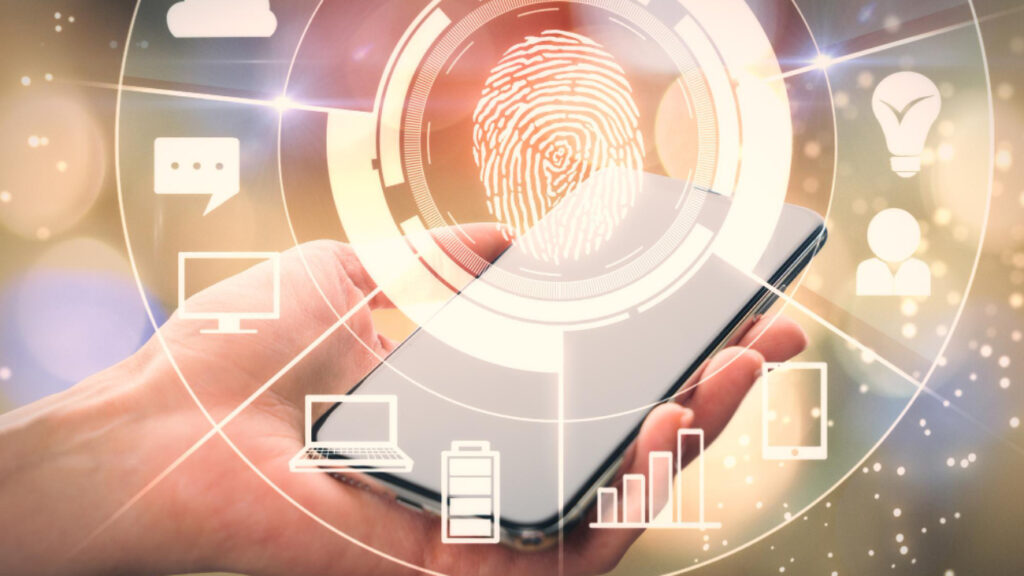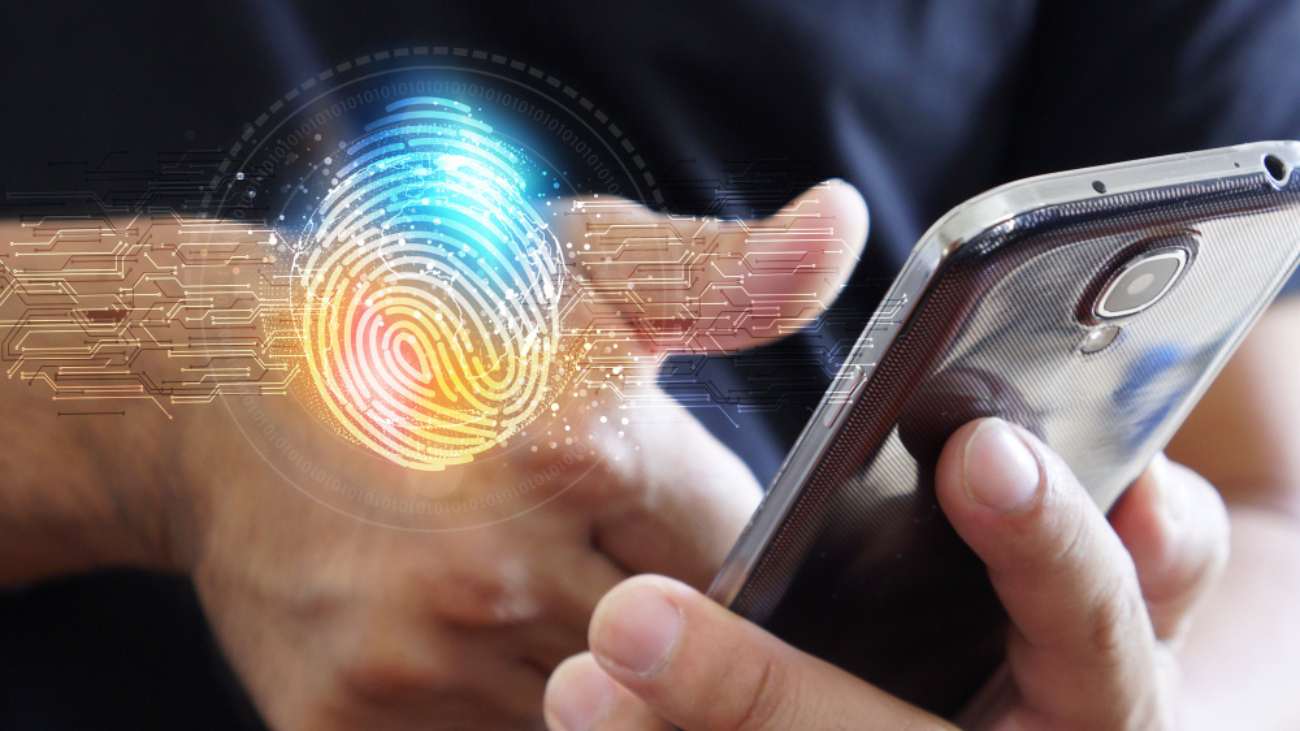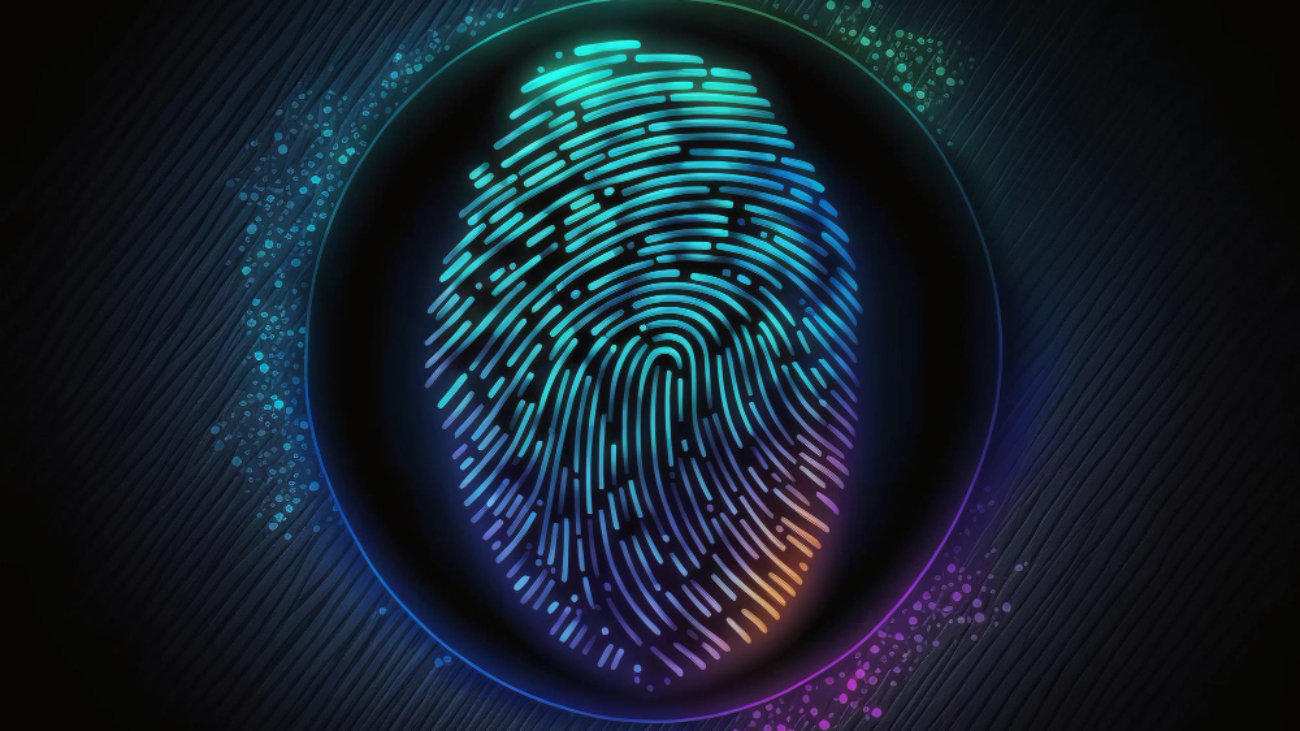Bahaa Abdul Hadi mentions the role of biometrics in Smart Cities in this article. As cities around the world become “smarter” and more connected through advanced technologies like the Internet of Things (IoT), they also become more vulnerable to cyber threats. One of the most important elements of securing smart city infrastructure is controlling access to sensitive systems and data. Biometric authentication offers a highly secure yet convenient way to manage access in smart cities.
What is Biometrics?
Biometrics refers to unique physical or behavioral characteristics that can be used to verify an individual’s identity. Common biometric modalities include:
- Fingerprint scanning
- Facial recognition
- Iris/retina scanning
- Voice recognition
- Gait analysis (identifying people by the way they walk)
Biometrics provides a significant advantage over traditional authentication methods like passwords or ID cards, which can be stolen, forgotten, or duplicated. Biometrics are intrinsically tied to a person, making spoofing very difficult.
Applications for Access Control
Biometrics are ideal for controlling access to sensitive infrastructure and data in smart cities:
Government Facilities
- Police stations, municipal buildings, and utilities – fingerprint or iris scans can replace ID cards and passwords
Transportation
- Airports, train stations, and ports – secure passenger check-in and boarding and limit access to authorized personnel.
Data Centers
- Server rooms and computer networks – fingerprint, retina, or facial recognition to control access
Public WiFi and Services
- Parks, libraries, community centers – biometrics confirm user identity and manage access to public WiFi hotspots and computers
Smart Grid Infrastructure
- Power generation and distribution systems – limit physical and network access to authorized engineers and technicians.
IoT Networks
- Citywide IoT sensors, cameras, and actuators – biometrics secure network access points and safeguard connected infrastructure
Choosing the Right Biometric Modality
The choice of which biometric to use depends on several factors:
- Accuracy – retina,l scans are highly accurate, while facial recognition has lower accuracy.
- Convenience – voice verification is non-intrusive, while fingerprints require physical contact with scanners.
- Liveness detection – fingerprint scanners often include liveness detection to avoid spoofing.
- User acceptance – some people have privacy concerns around certain biometrics like facial recognition.
- Error incidence – False rejection and false acceptance rates vary across modalities.
A multi-modal approach combining two or more biometrics can offset weaknesses in any single modality. For example, an airport e-gate could use facial recognition and iris scans to maximize security and accuracy.
Data Protection is Crucial
While biometrics deliver stronger security, the data itself must be carefully protected when stored in databases. Biometric data of individuals should be encrypted and access tightly controlled. Data protection regulations like GDPR in the EU provide guidelines for properly handling biometric information.
The Future is Biometric
Biometrics will unlock the full potential of smart cities to deliver efficient, convenient, and safe services to citizens and visitors. As biometrics continues to mature, prices will decrease, and capabilities will improve. While passwords and keys granted access in the past, biometrics are the future of identity and access control for smart cities and infrastructure.
Thank you for your continued interest in Bahaa Abdul Hadi blogs. For more information, please find www.bahaaabdulhadi.com







